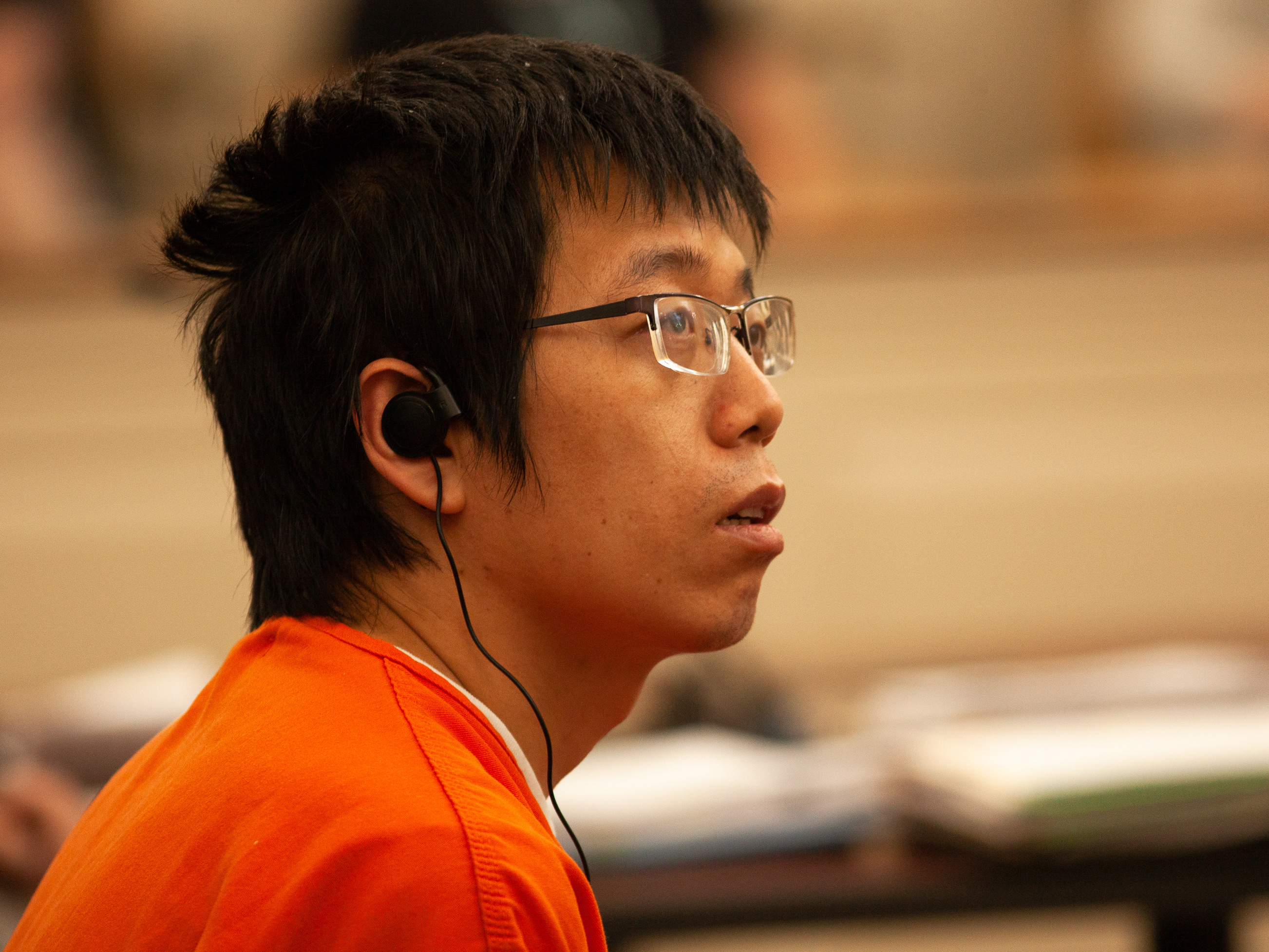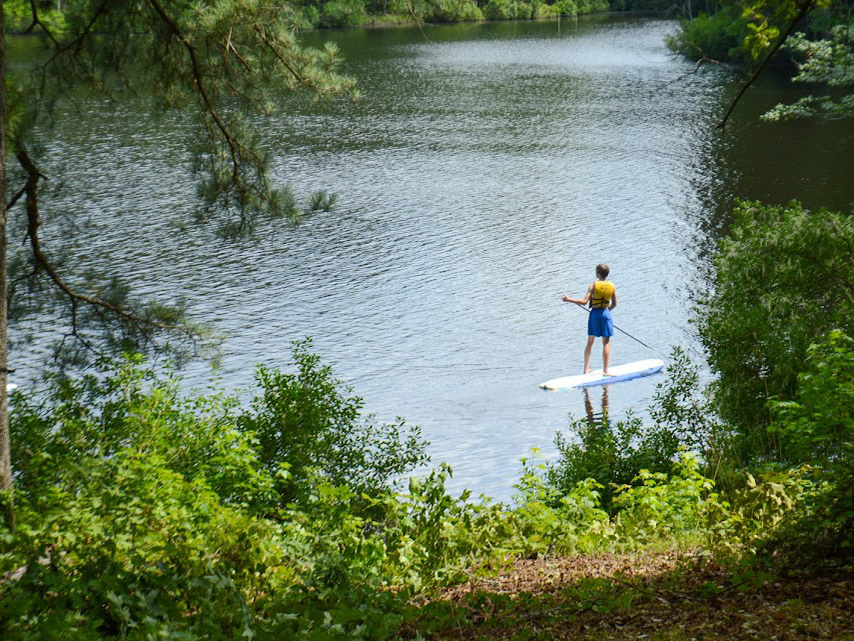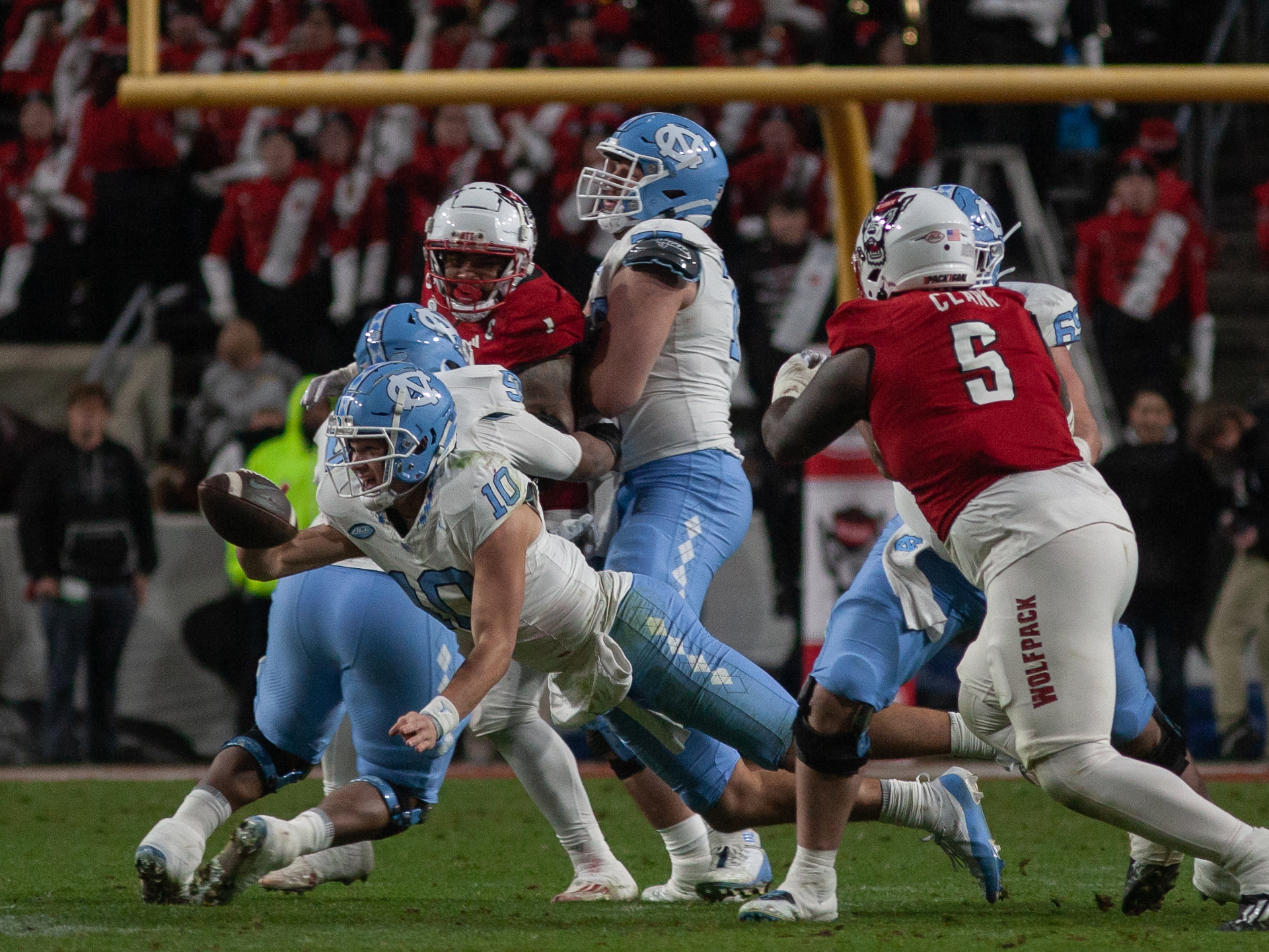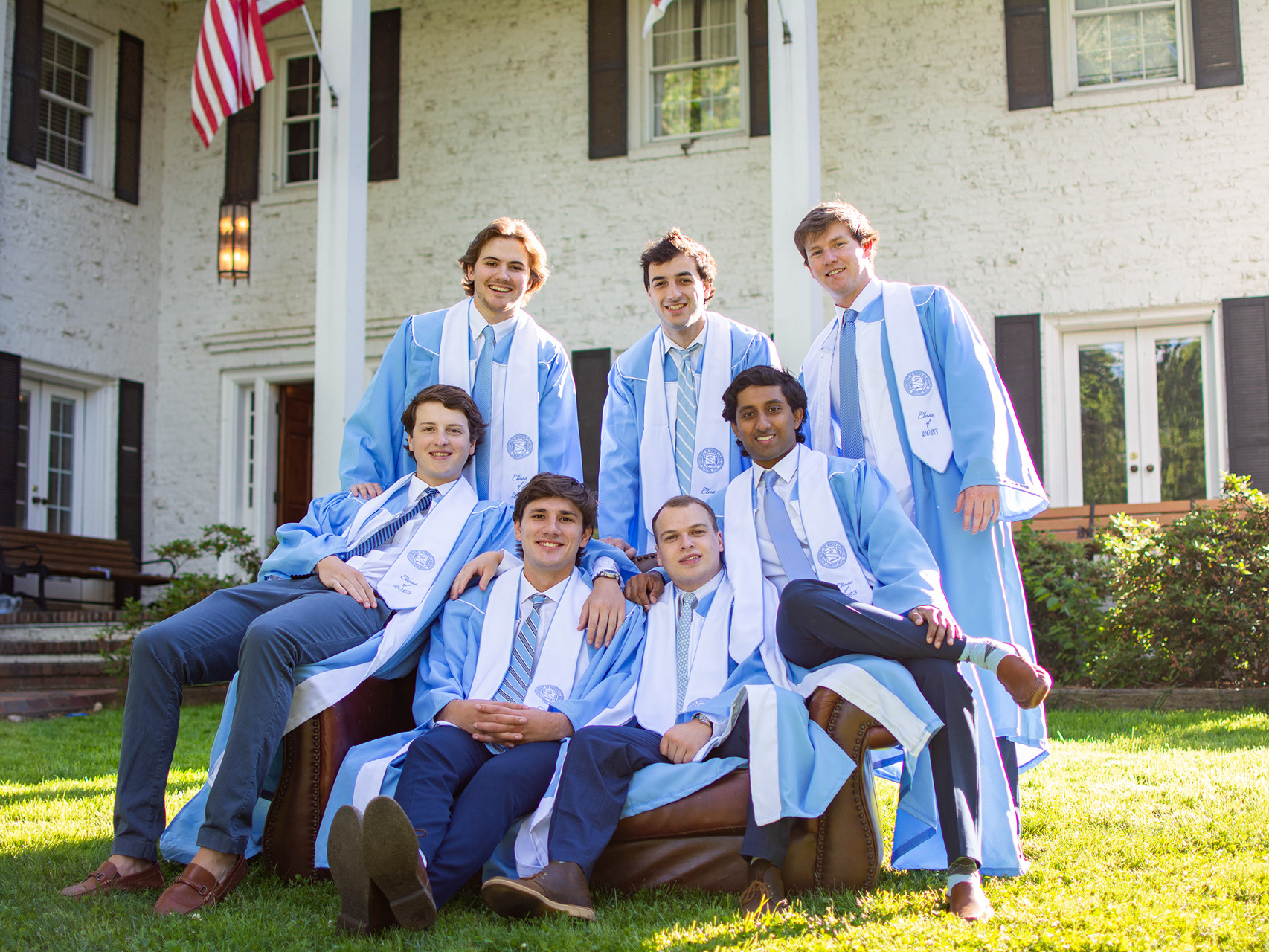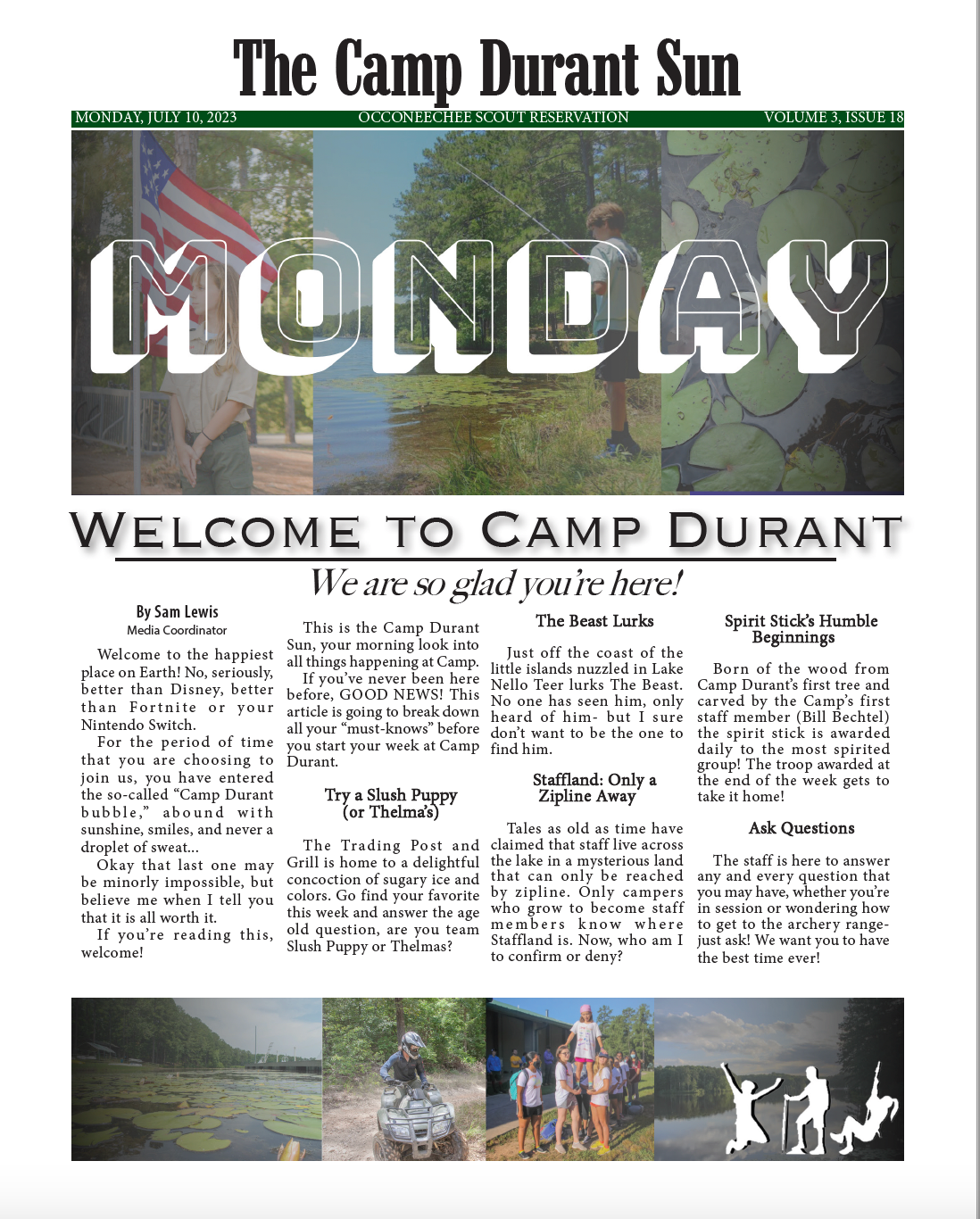
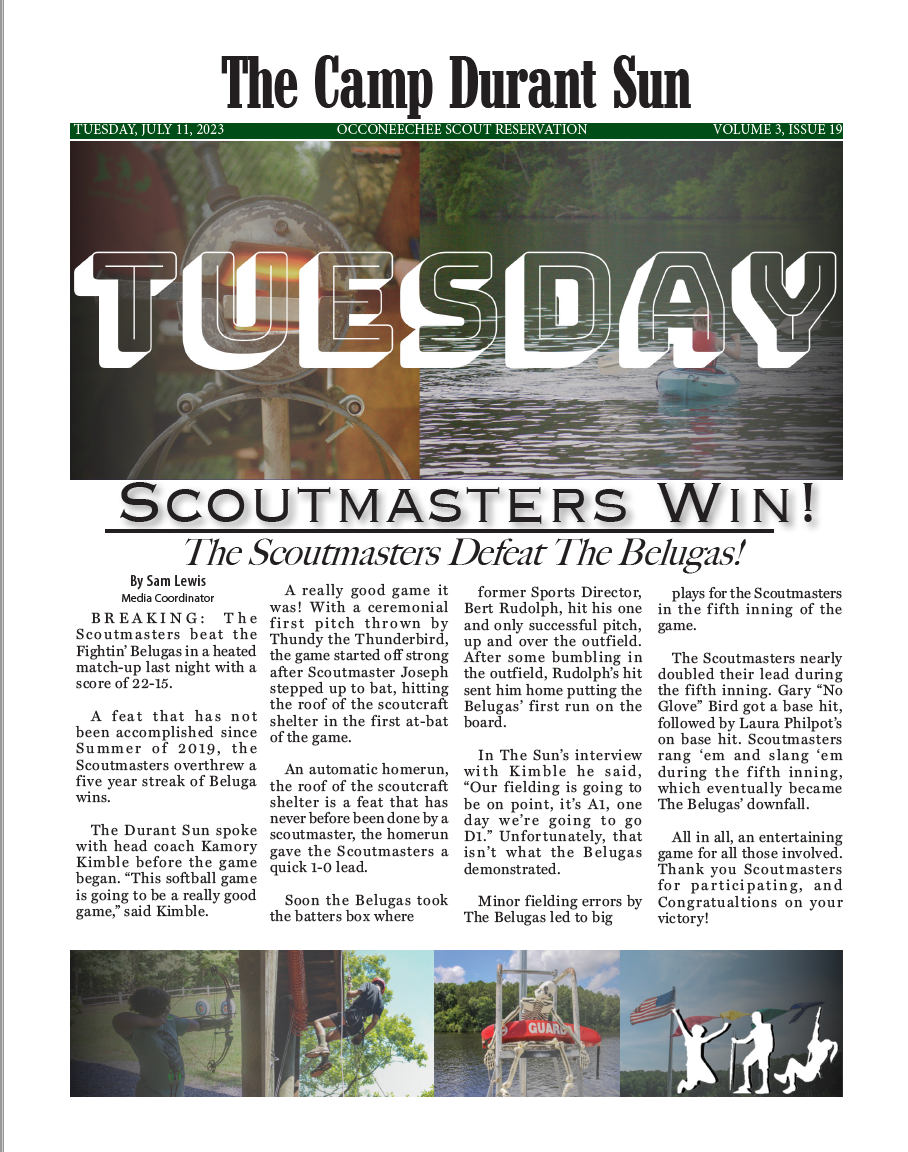
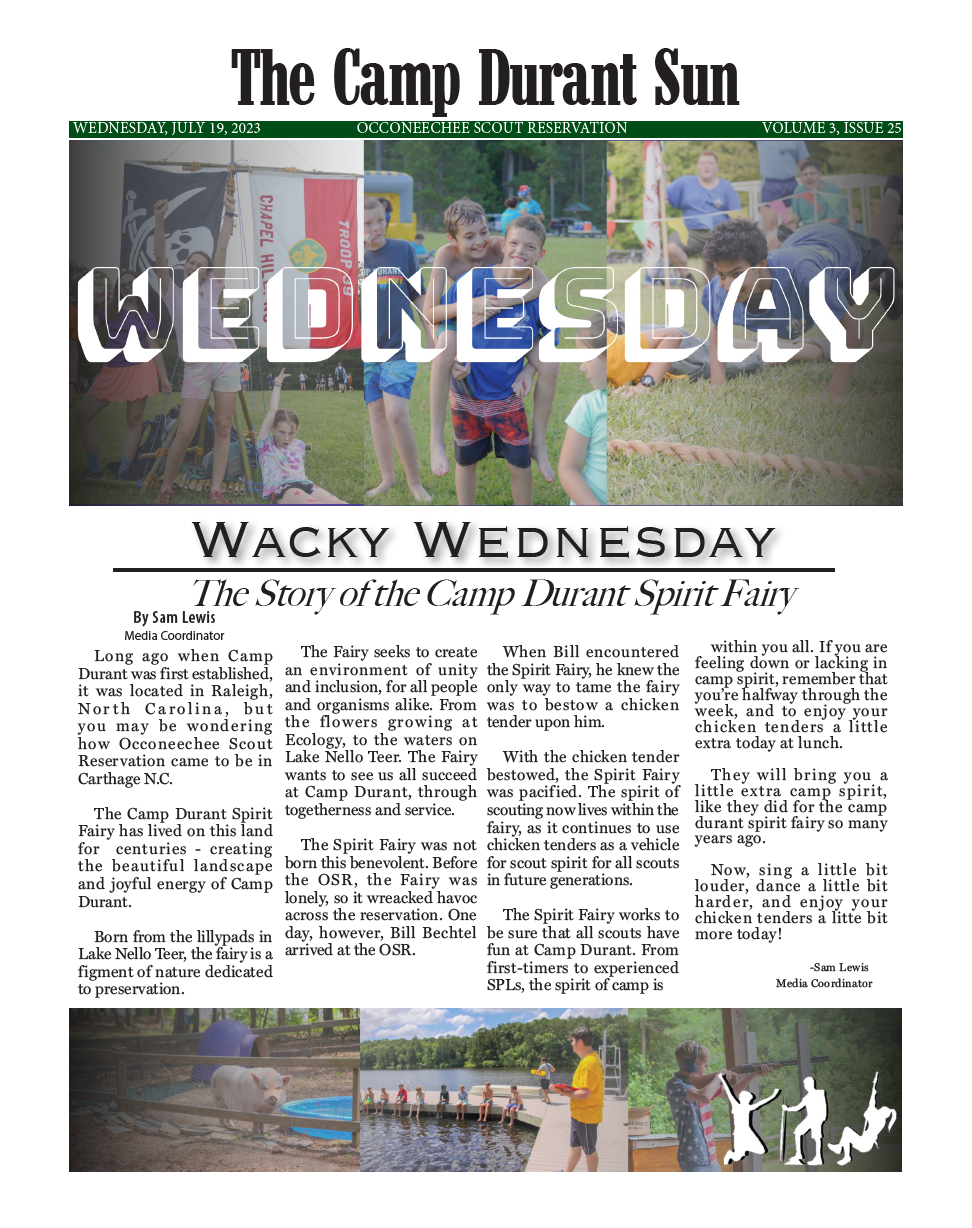
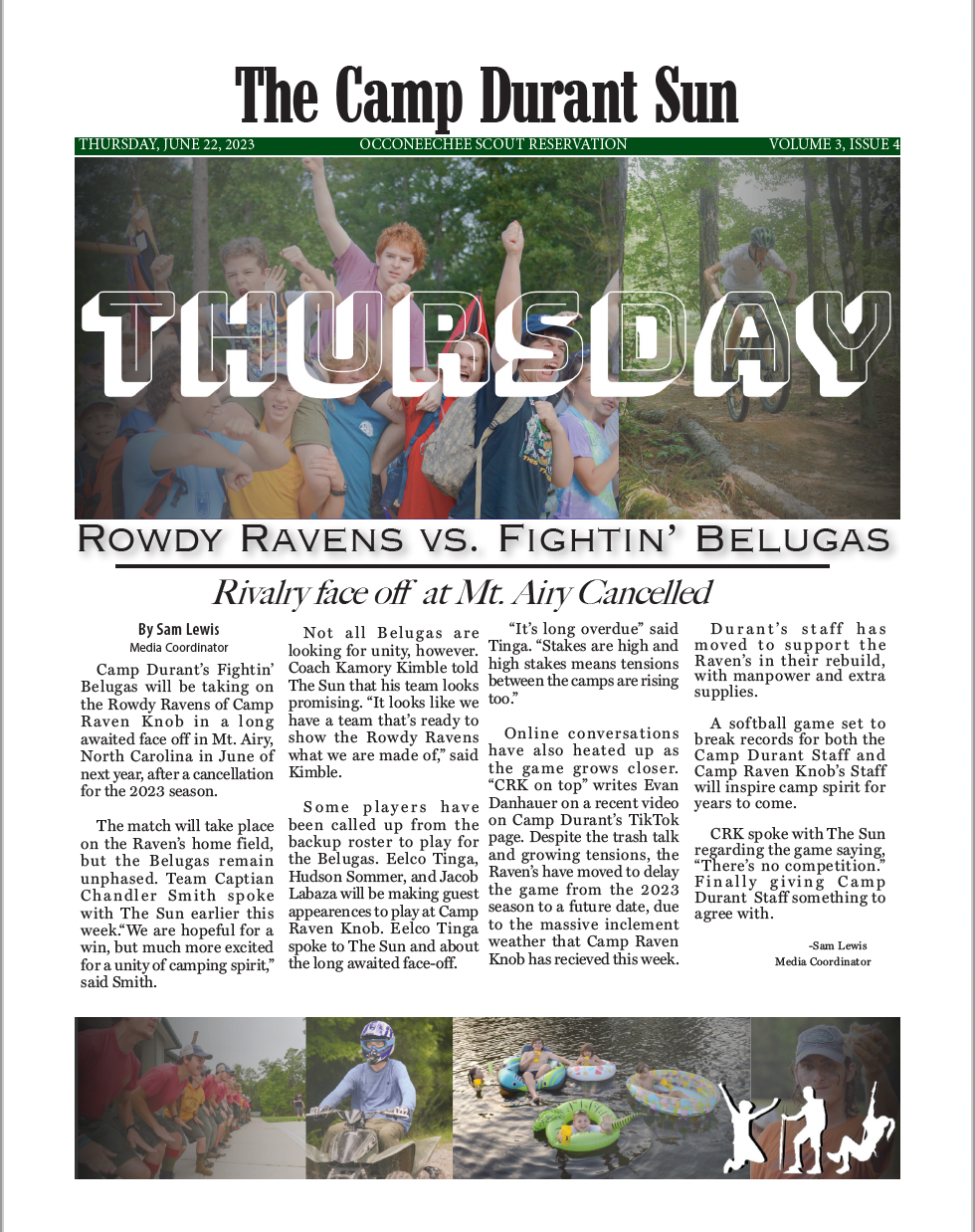
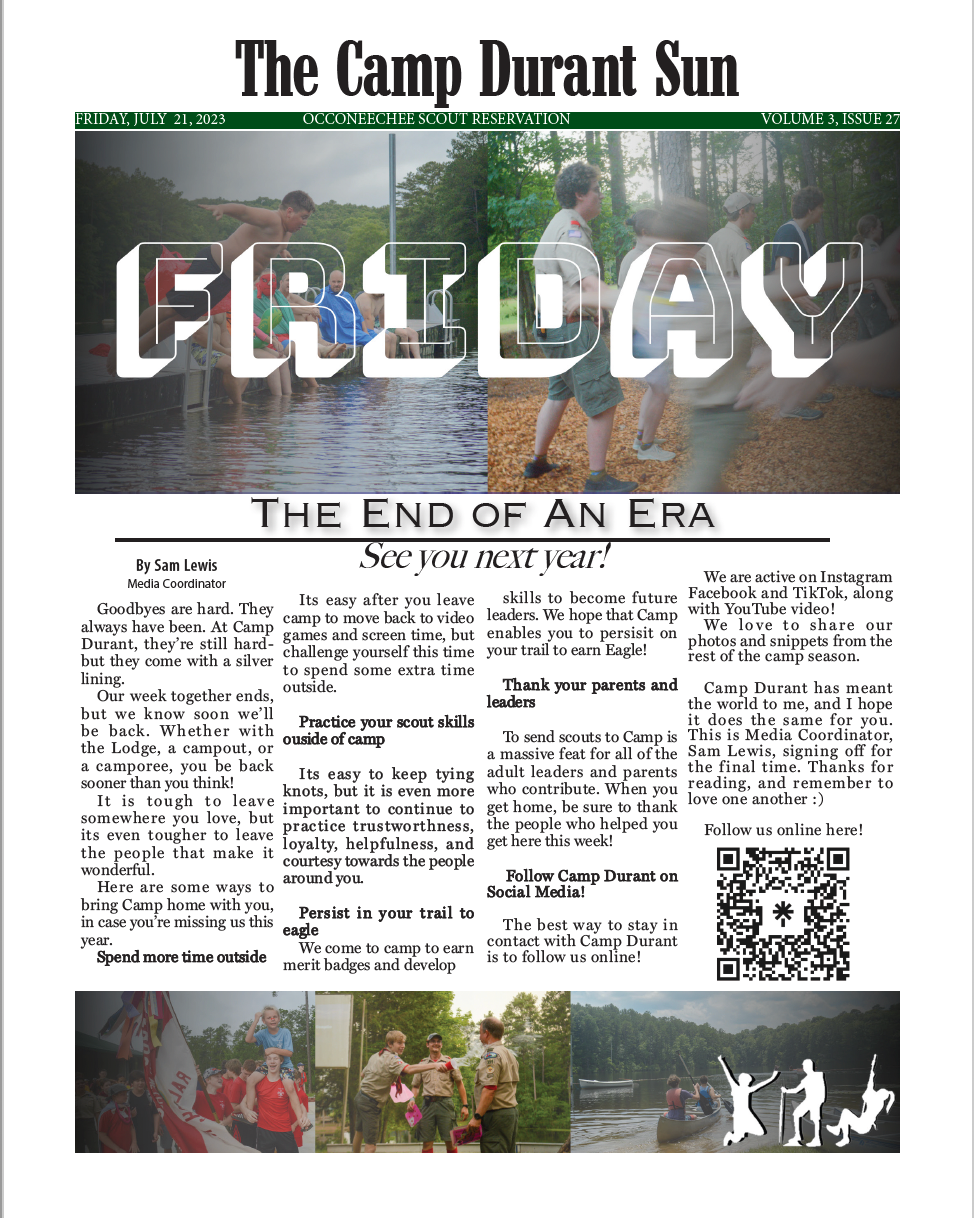
WOMEN IN PHOTOJOURNALISM ON UNC'S CAMPUS
Even on UNC’s sidelines, female sports photographers are consistently experiencing barriers to professional and educational opportunities through a lack of representation, according to UNC student photographers.
Anna Connors, the 2021 Summer Photo Editor for The Daily Tar Heel, shot the UNC Women’s Lacrosse National Championship in May of 2022. Up until this experience in Baltimore, Connors[LSJ1] said she had not considered her gender while on the sidelines of sporting events. “Of the 40 photographers, and I’m being generous, maybe five were female. It was startling to see so few women,” says Connors.
Connors described feeling most respected as a sports photographer on UNC’s campus because photographers who routinely cover UNC home games know her and respect her work. She described feeling most unnerved at off-campus events like the Women’s Lacrosse Championship and other UNC away games.
Similarly, Heather Diehl, a student sports photographer studying at the UNC Hussman School of Journalism, described[LSJ2] the added challenges that women are facing on the sidelines of sporting events. Diehl said that as a female sports photographer, she often feels like she has to, “fight for your right to be there.”
Diehl only began shooting varsity athletics in August 2022, having primarily shot club and intermural sports in years prior. She described her experience on UNC’s sidelines with male photographers. “I sense a tone of, kind of, talking down to me and not seeing me as necessarily an equal,” said Diehl.
Conversely, Kyle Ennis[LSJ3] , a male UNC student videographer for Sports Xtra, described his time on UNC’s sidelines as productive and immersive. Ennis began shooting for Sports Xtra in August 2022, and he said that his experience has consisted primarily of educational opportunities. He gave an example of his first UNC basketball game, where the photographer beside him offered helpful advice on the technicalities that Ennis had yet to experience.
This is a far different attitude than Connors and Diehl, who described feeling like they needed to prove themselves to earn their place on the field.
The 2021 Sports Media Racial and Gender Report Card is an assessment of racial and gender hiring practices in amateur, collegiate and professional sports and the media. This study specifically was conducted by The Institute for Diversity and Ethics in Sport (TIDES) in collaboration with the NCAA, using hiring data collected from newspapers that are members of The Associated Press Sports Editors.
The Associated Press Sports Editors, (APSE), is an organization of newspapers that are affiliated with the Associated Press. APSE requested the study be conducted, and was graded at an F on TIDES’ 2021 report card for their gender hiring. Only 19.3% of APSE’s staff is female, an increase from 17.9% in the previous year.Within the report, the Director of TIDES, Richard Lapchick, wrote[LSJ4] , “While women saw slight improvements in 2021, the overall record of the sports media for having women in prominent positions remains terrible.”
APES is one of the many organizations graded by TIDES on their Sports Media Racial and Gender Report Card, but it is the only journalistic organization graded on its hiring practices. While the National Basketball Association received a B on their gender hiring, and Major League Baseball was graded at a C for their gender hiring, according to TIDES, it is clear that women have a growing opportunity to work in sports, but statistics have demonstrated little growth for women in sports journalism.
Additionally, a 2017 study on the gender distribution of journalists in the United States was conducted by the Women’s Media Center, a nonprofit that conducts research on the visibility of women and girls in media, found that only 10% of sports journalists nationwide were female.
Nationwide, women are underrepresented in sports media, often leaving female student photographers without female mentors and role models in their area.
Jerome Ibrahim[LSJ5] , a student photographer for Go Heels, notes the lack of diversity in UNC’s sports photography opportunities and representation. Ibrahim has never had the opportunity to work with a female mentor, he said, “It’s not in the area, that we’re in, where a lot of photographers are women.”
In 2019, Global Sport Matters, a multimedia platform aimed to “amplify the power of sport,” published an articlewhere Bex Charteris, a New Zealand female sports photographer described the direction of women in sports photography. “Representation of women in sports photography needs to increase on a local scale as well as a larger national and international scale,” she wrote. “The local scale is just as important, because this is where our girls and future sportswomen will see sportswomen from their own communities and cultures.”
Connors agrees. She describes underrepresentation as one of the unconscious barriers that are affecting UNC students who want to pursue sports photography. “Having role models who look like you is really important,” Connors said.
Female sports photographers continue to have a difficult time seeking out female mentors and opportunities due to a lack of representation in the area, according to Connors, Ibrahim and Diehl. Combined with discomfort on the sidelines, as noted by Diehl and Connors, women at UNC are consistently experiencing barriers to professional and educational opportunities in sports photography.
“It's just so largely run by men, and when it’s already really competitive, it can be really hard to break in and be the first woman in that space,” said Diehl.
